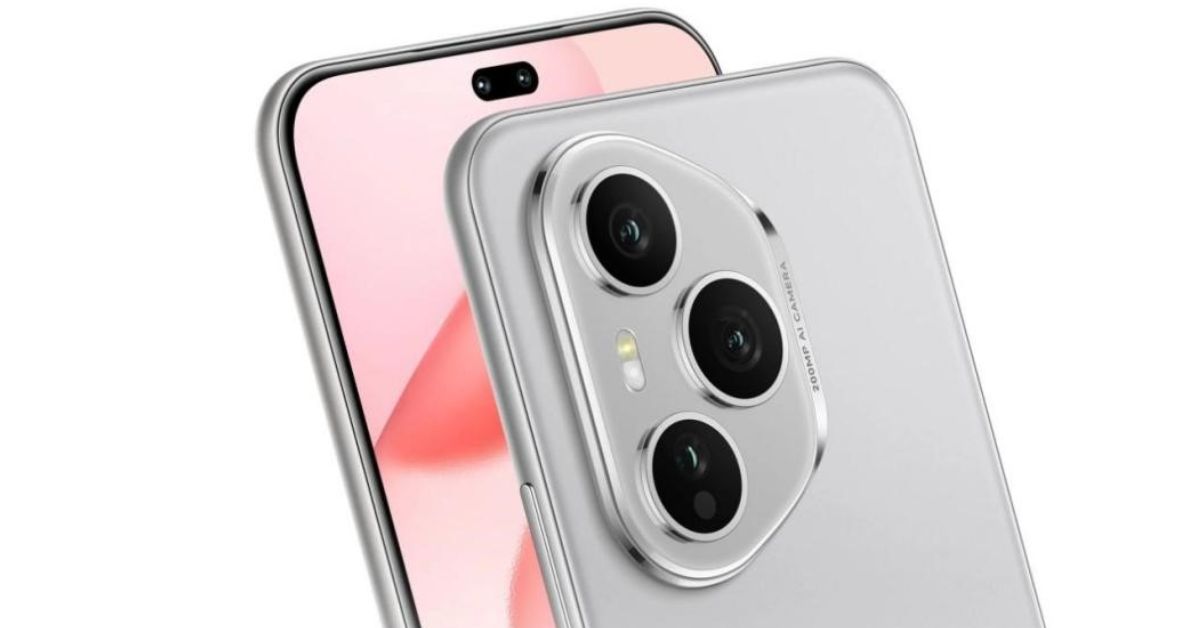What are the Smartphone Safety Tips You Should Know?
Smartphones hold personal data, banking details, passwords, and private conversations. Without proper precautions, users expose themselves to data theft, hacking, or device damage. Practicing smartphone safety protects your information and extends your device’s lifespan. Understanding risks and applying simple habits keeps you safe from digital and physical threats.
How to Keep Your Smartphone and Data Secure
Set strong locks and privacy controls
Start by locking your HONOR 400 pro 5g properly. Use a six-digit passcode, fingerprint scanner, or facial recognition. Avoid easy codes like “123456” or swipe patterns that are easy to guess. Enable auto-lock so your screen shuts quickly when not in use. This limits unauthorized access if someone picks up your phone. Check your privacy settings regularly. Disable location sharing for apps that don’t need it. Limit permissions like microphone, camera, and contact access. Many apps request more data than required. You can always adjust settings in the app permissions menu. Turn off Bluetooth and Wi-Fi when not in use. Open connections give hackers a way into your device. Use mobile data or secure, trusted networks for sensitive tasks like banking or work-related communication.
Install updates and avoid suspicious apps
Updates are not just for new features. They include security patches that fix weaknesses. Set your phone to update apps and system software automatically. If you prefer manual updates, check weekly to stay current. Only download apps from official stores. Avoid third-party APKs or unofficial sites. Even a single rogue app can steal data, track your activity, or install malware. Before downloading, read reviews and check permissions. If a calculator app asks for camera and microphone access, that’s a red flag. Delete any apps you no longer use. Old apps may become unsupported and vulnerable to attacks. Install antivirus or mobile security apps if needed. These tools help detect harmful software and provide extra layers of protection.

Be alert to scams and phishing attempts
Hackers often trick users through fake texts, emails, or pop-ups. Don’t click suspicious links or download unknown attachments. If a message pressures you to act fast—claiming your account is locked or you won a prize—it’s likely a scam. Verify the source of every message. If your bank emails you, visit their official website or call directly instead of tapping the link. Look closely at sender addresses and phone numbers. Scammers often mimic real services with small changes. Never share passwords, banking codes, or personal information through unsecured channels. Two-factor authentication (2FA) adds protection by requiring a second verification step before logging in. Enable 2FA for accounts like email, banking, and cloud storage whenever possible.
Conclusion
Smartphone safety is more than a one-time setup. It’s about staying alert and building smart habits. Lock your phone, limit app permissions, and connect only through secure networks. Keep your system updated and avoid downloading apps or links from unknown sources. Phishing and scams are becoming more advanced, but so are the tools to fight them. Stay cautious, read carefully, and verify everything before clicking. By practicing these simple safety steps, you protect your personal data, money, and privacy. You also reduce stress and avoid unnecessary recovery efforts after a breach. Your smartphone is a powerful tool—keep it secure so it keeps working for you, not against you.







